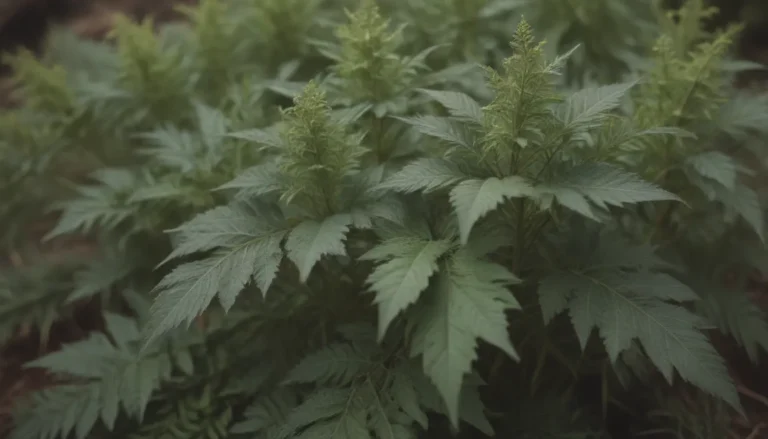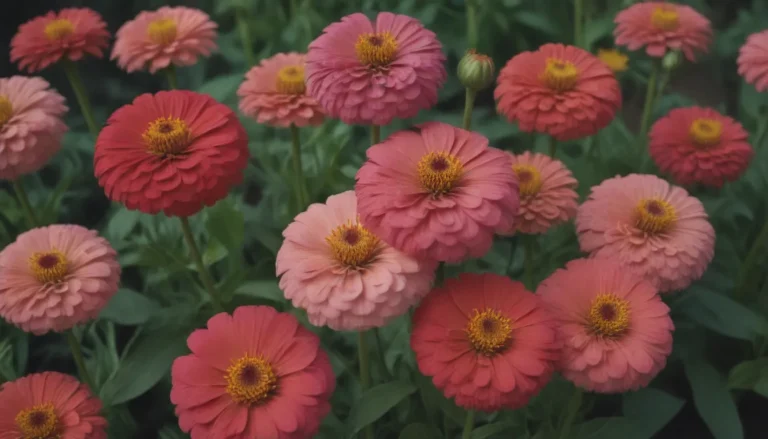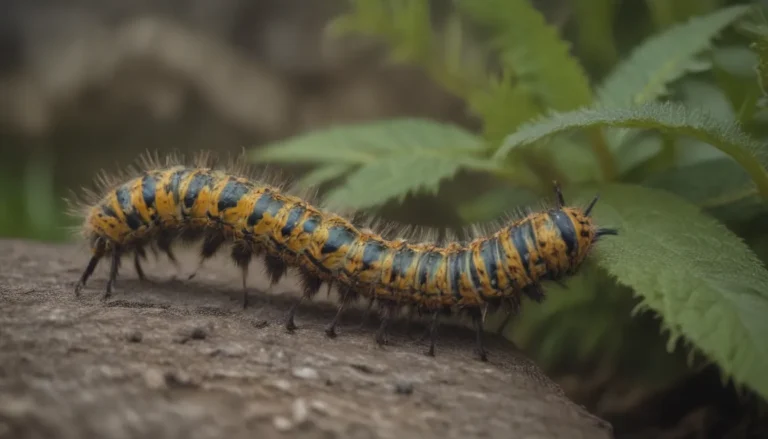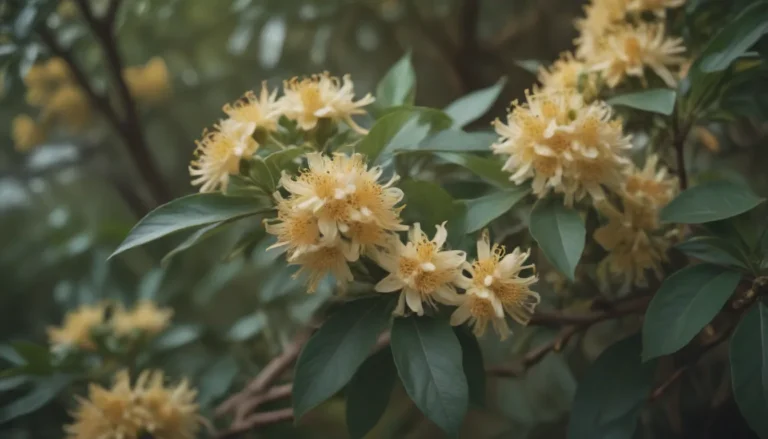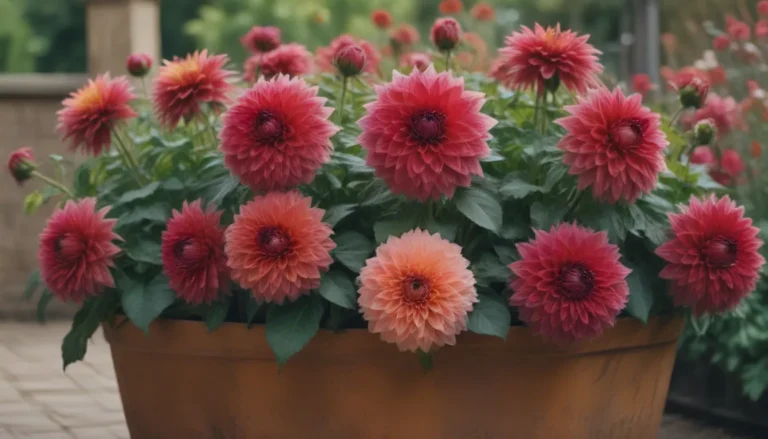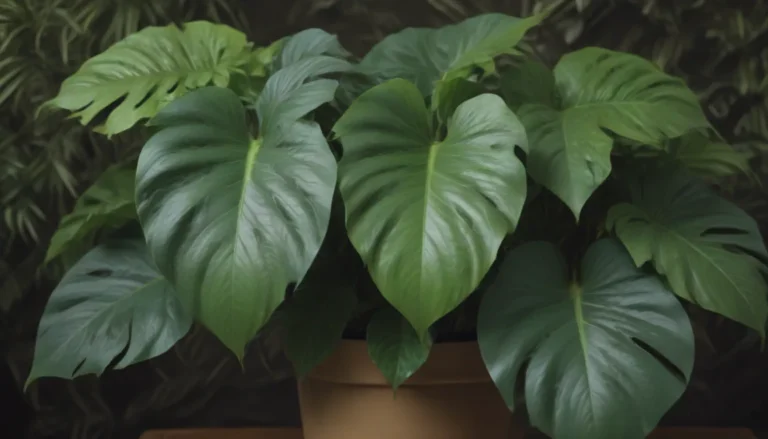Understanding Seed Germination: Does Light Play a Role?
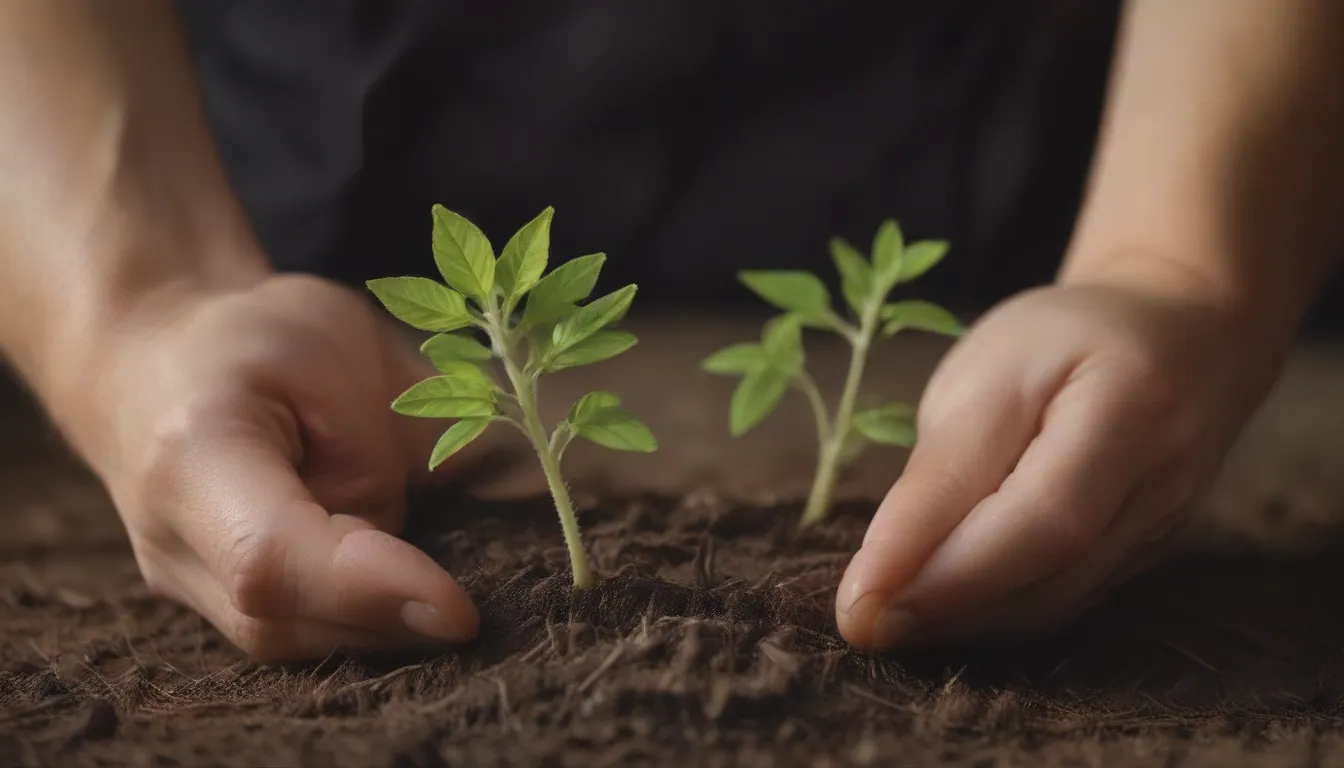
When it comes to starting seeds, whether indoors or outdoors, it’s important to understand the specific needs of the seeds you’re planting. While many gardeners are familiar with the basic concept of planting seeds at a certain depth, not everyone knows that some seeds actually require light to germinate. In this article, we’ll explore the role of light in seed germination, highlighting which seeds need exposure to light and which can germinate with or without it.
Do Seeds Always Need Light to Germinate?
The general rule of thumb when planting seeds is to bury them at a depth that is three times their thickness. This ensures that the seed has enough stored energy to push itself above the soil line when it starts to sprout. However, there are exceptions to this rule, particularly when it comes to seeds that require light to germinate.
Plants that self-sow, such as balloon flowers and poppies, drop their seeds on the soil where they germinate in response to environmental factors, including light exposure. These seeds need the stimulus of light hitting them before they will break dormancy and start the germination process.
Seeds That Need Light to Germinate
There are several seeds that require exposure to light in order to germinate successfully. If these seeds are covered with soil, they may remain dormant and not sprout until conditions improve. To ensure successful germination, these seeds should only be pressed onto the surface of the soil and kept moist. Some examples of seeds that need light to germinate include:
- Begonias
- Geraniums
- Petunias
Seeds That Will Germinate With or Without Exposure to Light
While some seeds require light to germinate, there are others that are indifferent to light exposure and simply need to make contact with soil, whether it’s above or below them. Flowers such as alyssum and cosmos will self-seed during their growing season regardless of light exposure. Some other seeds that can germinate without being covered include:
- Balloon flower seeds
- Poppies
- Alyssum
- Cosmos
Although these seeds do not necessarily need to be covered with soil, following the recommended planting depth can help with moisture retention and protection from birds.
Keeping Seeds Moist When Exposed to Sunlight
When planting seeds on the surface of the soil, it’s important to keep them moist until they germinate. This can be challenging, as seeds are exposed to various elements that can disrupt their growth. If you’re growing seeds in flats or containers, covering them lightly with plastic wrap or placing them in clear plastic bags can help retain moisture while still allowing sunlight to reach them.
For seeds directly sown outdoors, a thin layer of fine vermiculite can be used to cover the seeds. Vermiculite is porous enough to allow light to shine through while retaining moisture to keep the seeds and soil underneath moist. This simple step can help ensure successful germination even when seeds are exposed to sunlight.
Conclusion
In conclusion, while most seeds can germinate without exposure to light, there are some species that require it to break dormancy and start the germination process. By understanding the specific needs of the seeds you’re planting, you can create optimal conditions for successful germination. Whether you’re starting seeds indoors or outdoors, providing the right amount of light and moisture can make all the difference in helping your garden thrive. Remember, seeds have been sprouting for centuries without much fuss—it’s all about giving them the best chance possible to grow and flourish.
